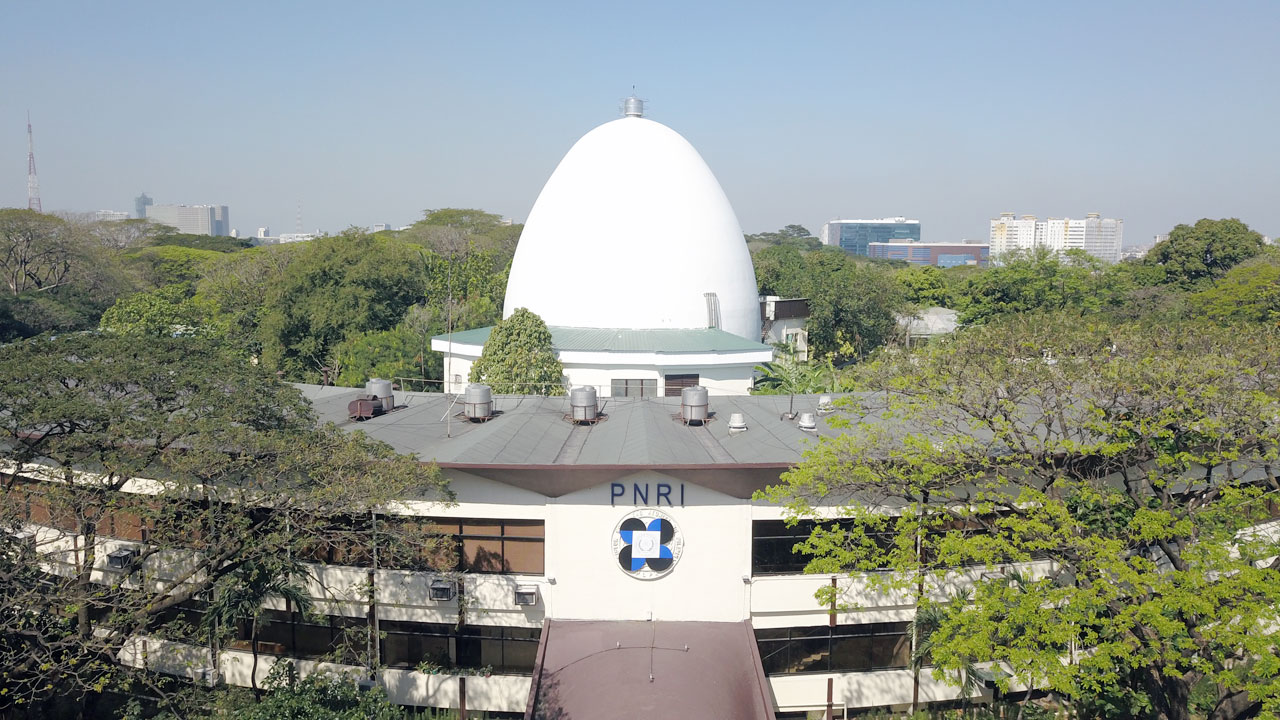
THE Philippine’s nuclear cooperation pact with the US is expected to address the Philippines’ need for reliable baseload power currently filled by coal-fired power plants, analysts said, though its readiness for nuclear power remains in question.
“As we push for integration of more renewables in the Philippine energy mix, we fully understand the need for more baseload power to balance the system,” Jose M. Layug, Jr., president of Developers of Renewable Energy AdvanceMent, Inc., said in a Viber message.
Mr. Layug said that the accord “will result in more affordable baseload power to complement the increase in RE (renewable energy) power plants in the Philippines.”
Renewables suffer from an intermittency problem when wind is not powering wind farms or what solar arrays are not charging at night. The proposed solution is batteries to store the excess power generated in high-wind or intense-sunlight situations for later use, though battery technology remains immature.
“We laud the government in its earnest efforts to explore and look at all possible energy resources to meet its objective of ‘affordable, accessible, reliable and clean energy’ for Filipinos under the Philippine Development Plan,” Mr. Layug said.
On Friday, the Philippines and the US signed the Agreement for Cooperation Concerning Peaceful Uses of Nuclear Energy or the so-called “123 Agreement.”
Energy Secretary Raphael P.M. Lotilla signed on behalf of the Philippines as chairman of the Philippine Nuclear Energy Program Inter-Agency Committee while Secretary of State Antony Blinken signed on behalf of the US.
The signing ceremony was witnessed by President Ferdinand R. Marcos, Jr. on the sidelines of the annual Asia-Pacific Economic Cooperation Leader’s Week in San Francisco.
According to the Department of Energy, the bilateral deal will set the legal framework for potential nuclear power projects with US providers — taking into account the standards and safeguards set by the International Atomic Energy Agency.
The agreement will allow the transfer of “information, nuclear material, equipment, and components” directly between the Philippines and the US.
This will also lead for streamlining of licensing requirements for the private sector with respect to investment in nuclear-related intangible transfers of technology.
“Beyond nuclear power applications to combat climate change, the new agreement facilitates cooperation in a wide array of other peaceful uses of atomic energy — all supportive of various Sustainable Development Goals — including plant breeding, livestock production, insect pest control, soil and crop management, water use efficiency, plastic waste disposal, food safety, health and medicine,” Mr. Lotilla said.
Bienvenido S. Oplas, Jr., president of Minimal Government Thinkers, said that citing his own projections, the Philippines would need about nine terawatt-hours (TWh) of additional power if the economy is to grow 6-8% annually.
“Coal can easily provide that but since the Philippines killed greenfield coal (projects), only brownfield coal is allowed, hence additions will be limited. (That is why) we should go nuclear,” Mr. Oplas said in a Viber message.
“In 2022, wind and solar combined output was about 3 TWh, with incremental or extra increase of only 0.5 TWh or less a year. We will have massive blackouts nationwide if we rely on wind and solar; annual GDP growth might crawl to 2% or less,” he said.
The Philippines is also facing the prospect of a depleted Malampaya gas field, the country’s only indigenous commercial source of natural gas.
As part of its climate goals, the Philippines wants to increase the share of renewables in the power mix to 35% by 2030 and 50% by 2040.
Gerry C. Arances, executive director of Center for Energy, Ecology, and Development, said that the Philippines lacks the legal framework, nuclear energy expertise, safety and management framework plans, and other basic expertise to guarantee safety.
He said, “the absence of all these also dictate that nuclear will not be a solution to our near and mid-term power challenges.”
“Our abundant renewable energy potential, including 1,200 GW of solar and wind alone, makes it clear that we have no need for nuclear energy and other false solutions to bring affordable and clean energy within arm’s reach,” he said. — Sheldeen Joy Talavera



